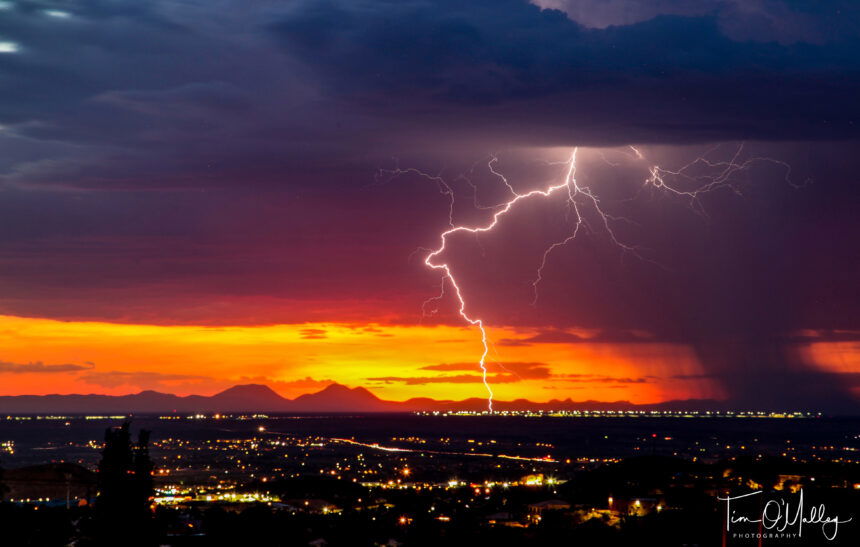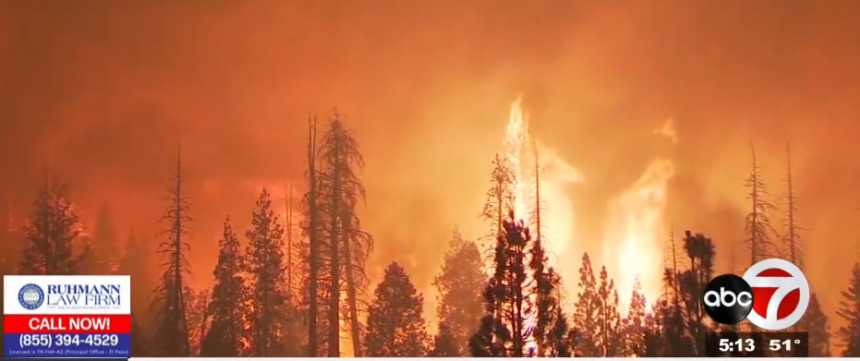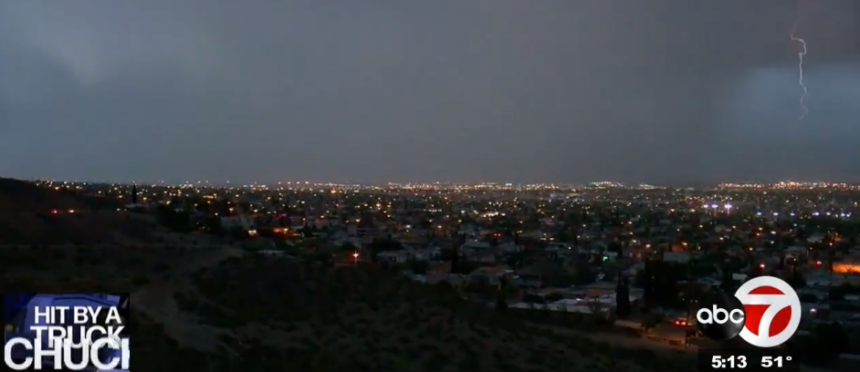Extreme Weather: What to expect in 2021 for Western U.S.




EL PASO, Texas -- Historic wildfires, excessive heat, and drought are all things that we experienced in the Southwest and West Coast this past year. It's safe to say that last year was brutal--it was the second hottest summer on record. The Borderland along with Arizona battled record heat. El Paso had 57 100-degree days - second only to 1994 that had 62 - 2020 was our second hottest year.
Deadly wildfires in Oregon, California, and Washington state killed at least 30 people, destroyed millions of acres and homes. The monsoon rains that typically bring relief to our region were a no-show it was the 11th driest monsoon season with only 2.36 inches of rainfall.
This was the second summer in a row that we experienced a "non-soon." and-- with spring just around the corner that means our driest months are upon us. El Paso-based National Weather Service Meteorologist Jason Laney said, "as we head into the spring months not only are we going to be warm but we are going to start to see the clash between cold air north and warm air south that helps create the winds."
Spring, typically means more windy days plus, the drought has intensified. The combination of the two sounds like the perfect ingredients for wildfires. According to Climate Central, the annual average wildfire season in the Western U.S. is 105 days longer, burns six times as many acres as it did in the 1970s.
Laney says, "you may think because we are extremely dry that this would help the fires. We're going to be dry and we're typically dry during the spring season but due to the lack of moisture we haven't seen as much new growth so hopefully, there's not going to be any dry fuels as we've seen in years past."
He explained that this doesn't mean that we won't see a wildfire season and you should always take precautions to prevent wildfires. It's impossible to know if 2021's weather will be as chaotic as 2020, but more extremes are likely on the way.
